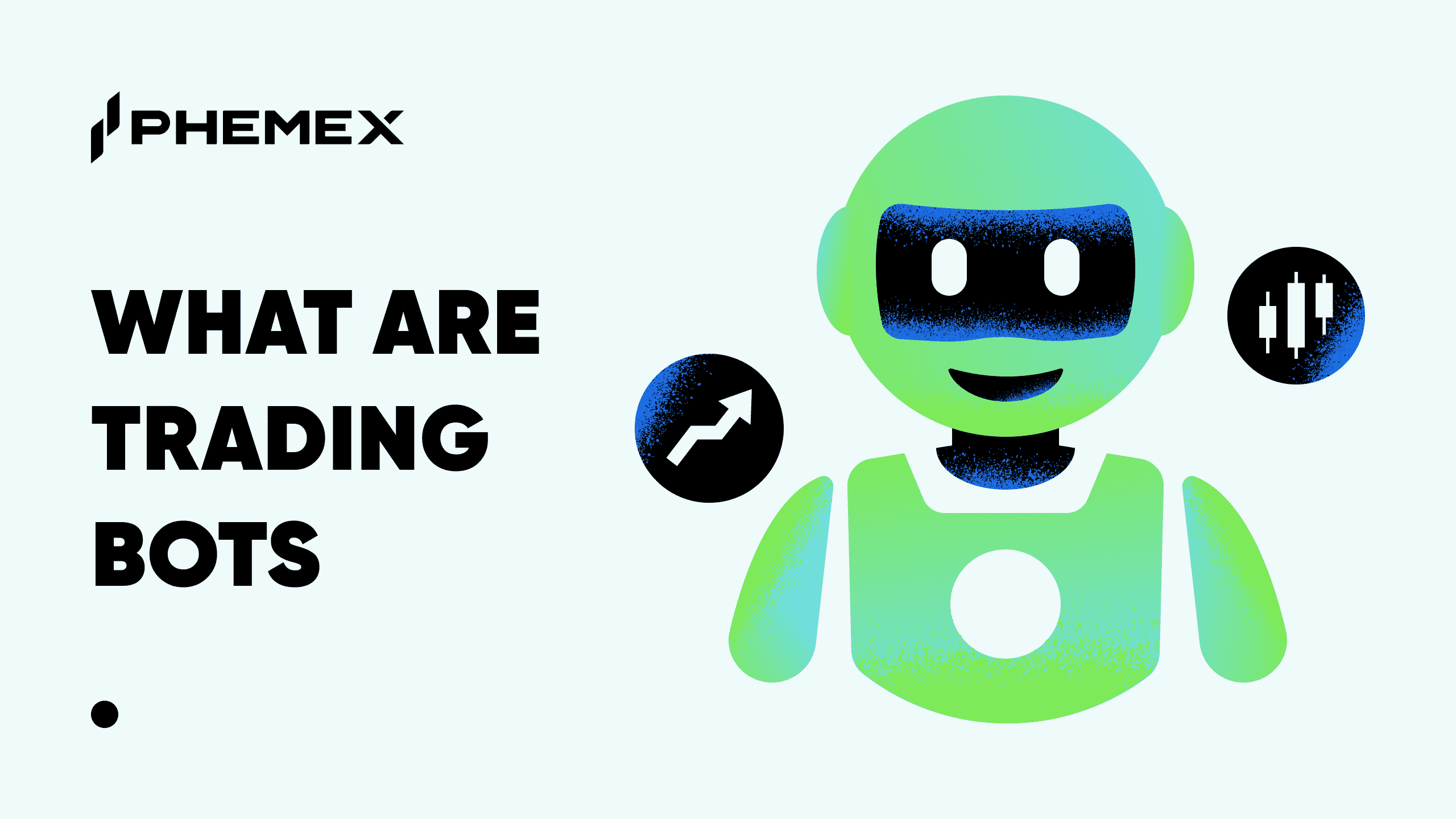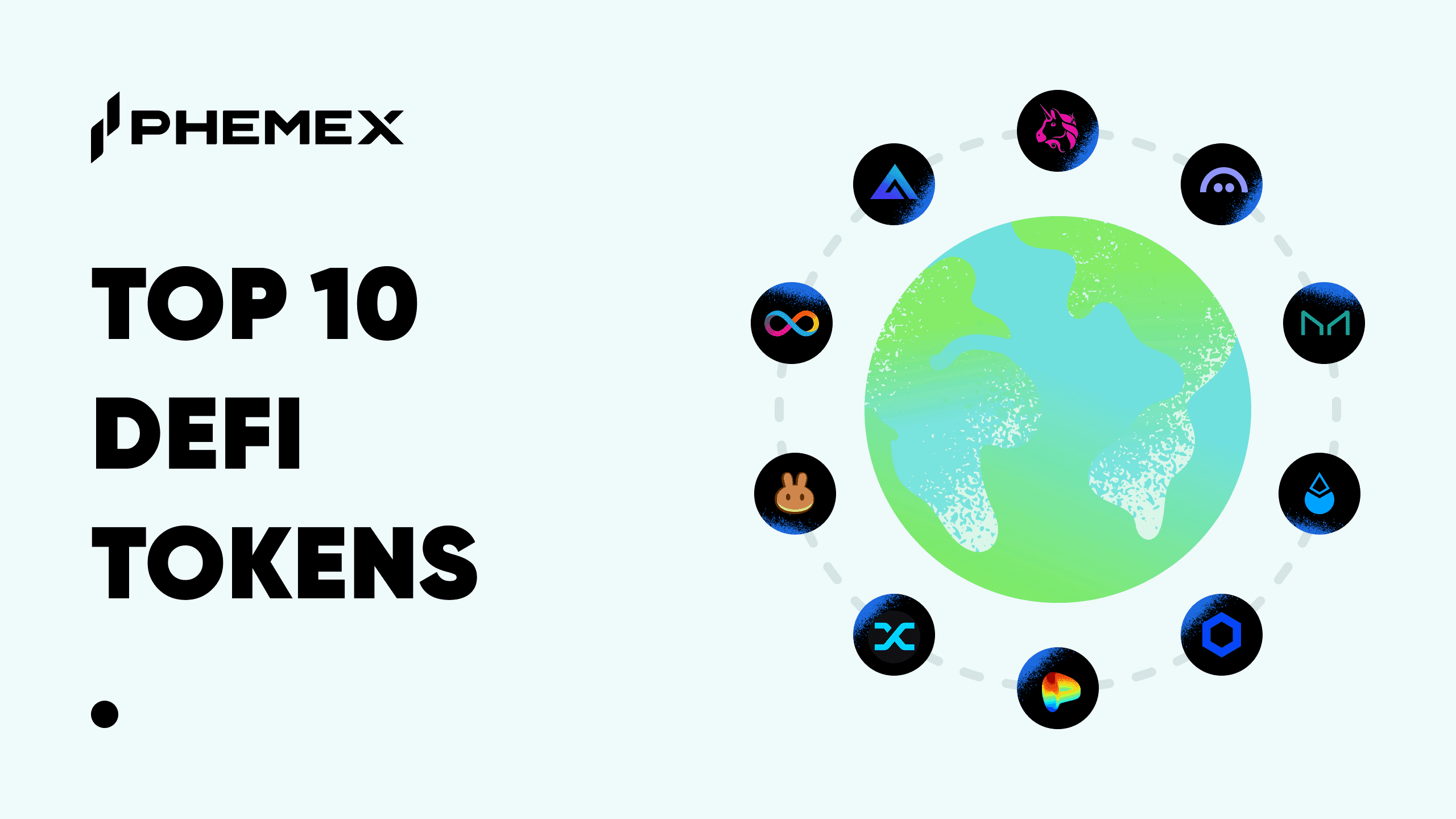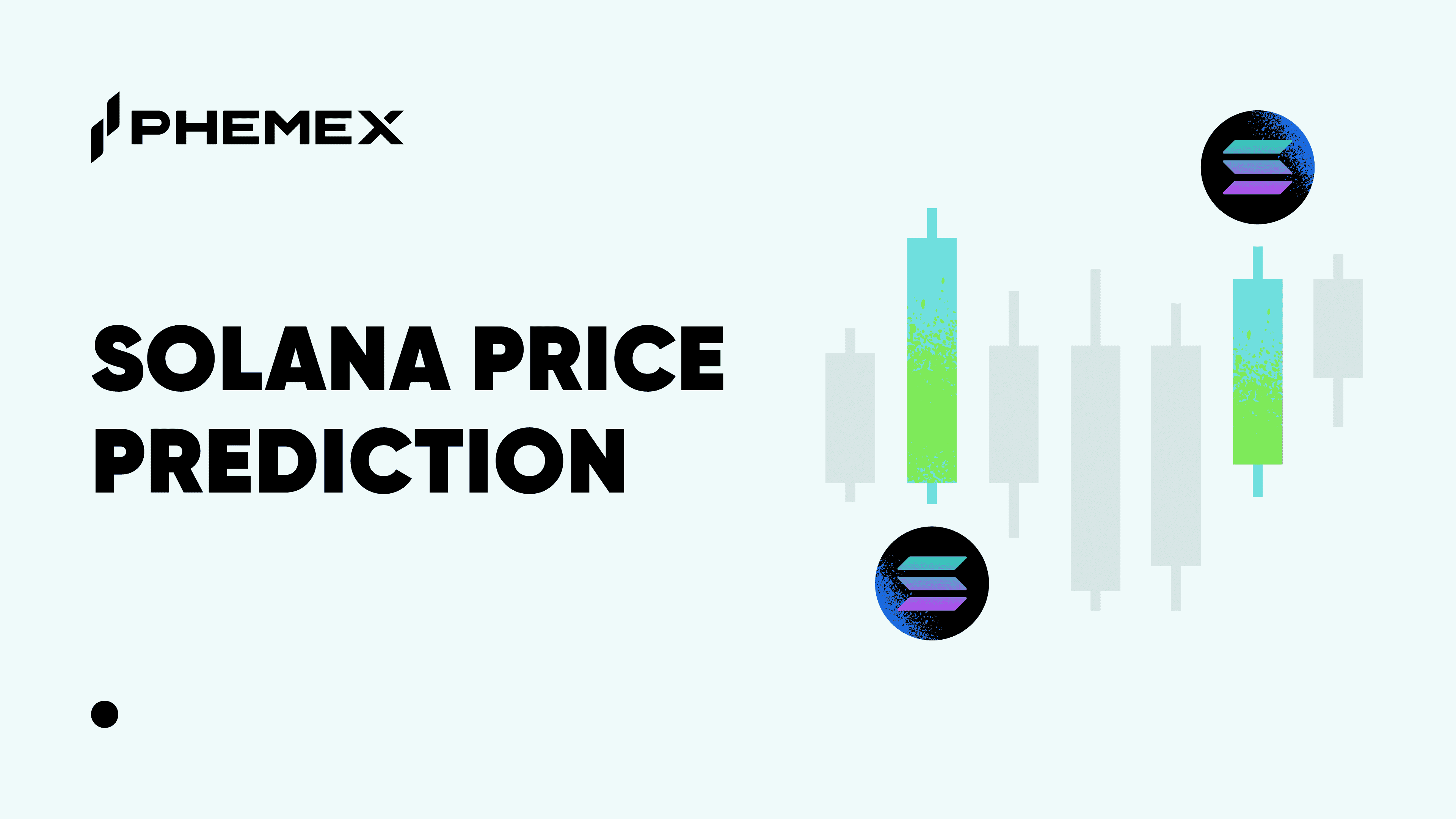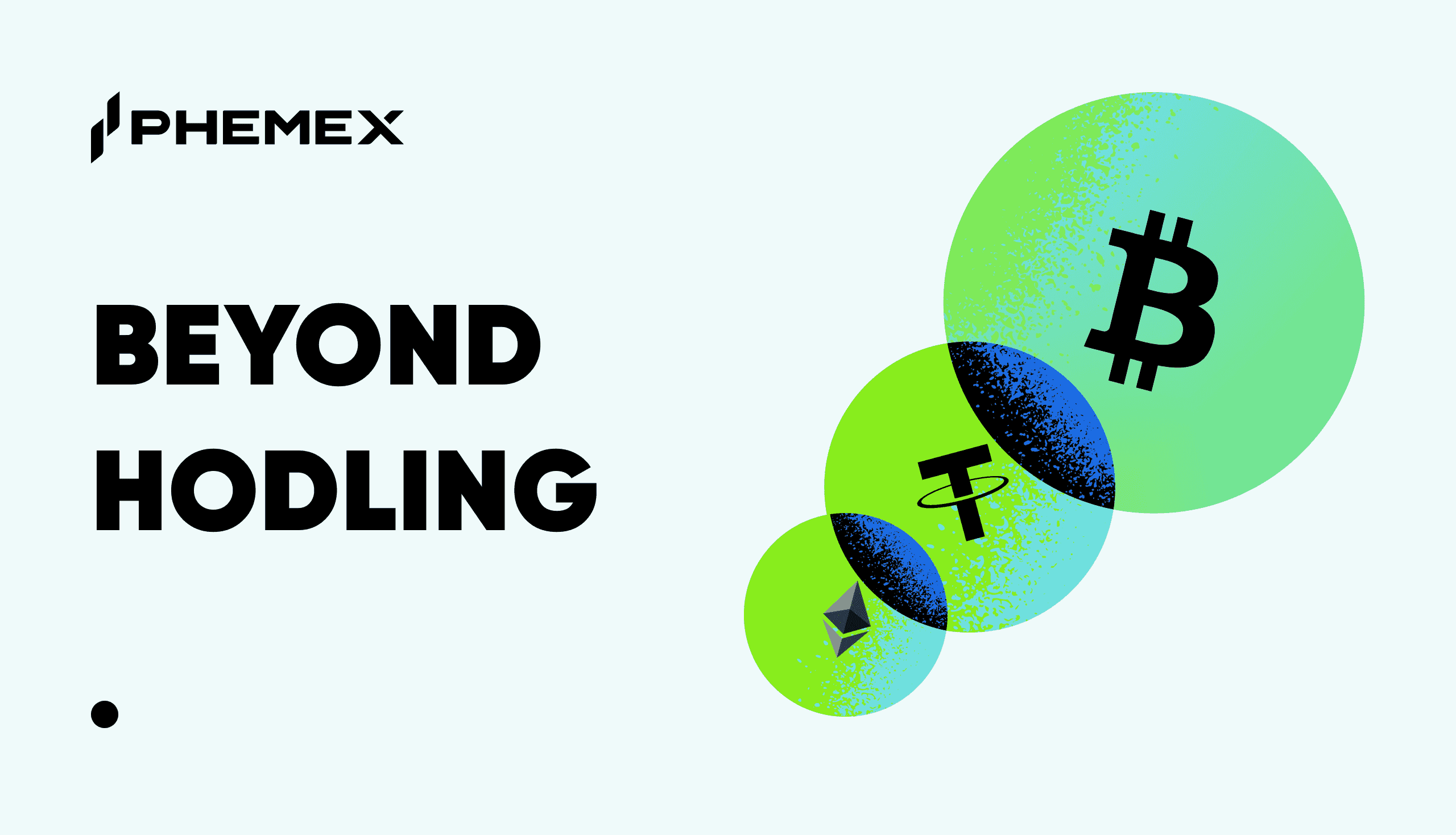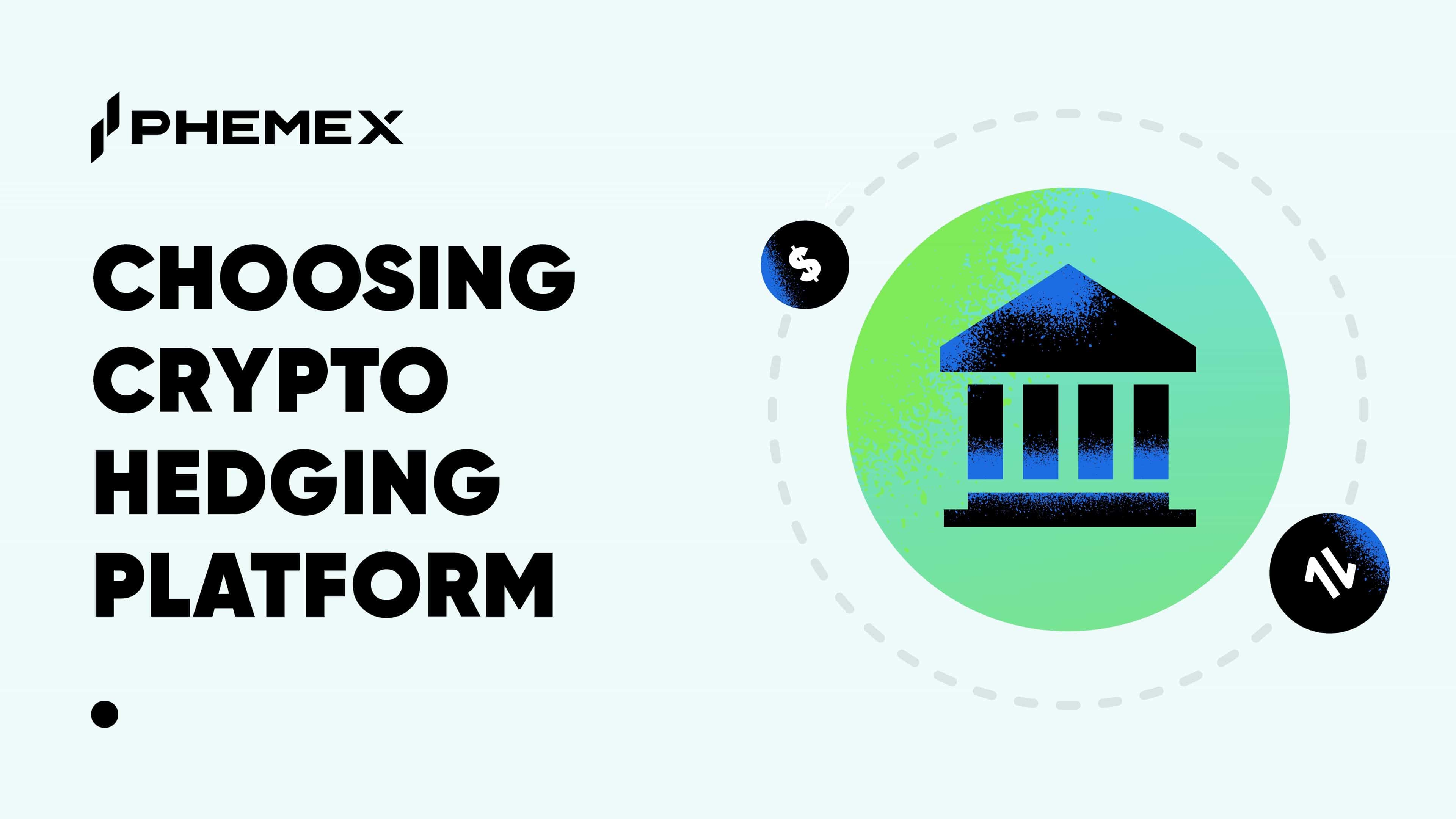In 2022, rising interest rates and quantitative tightening from global central banks have been a key part of the current bear market. This is because interest rate hikes generally result in a sell-off of risk-on assets such as stocks and crypto.

Moreover, the US Fed has played a major role in shifting a multi-year trend of low-interest rates. Interest rates have remained low in order to spur economic activity following the downturn after Covid started in 2020. But once inflation reached multi-year highs in 2022, the Fed decided it was time to turn the tide.
This resulted in the Fed raising interest rates (or the federal funds rate) multiple times in 2022. To be exact, the Fed has already announced rate hikes on four different occasions, with the next meeting and decision to be held in November 2022, the second last of the year. However, it’s expected that the Fed will announce two more short-term rate hikes on November 2nd and on December 14th.
The Fed raising interest rates is supposed to cool inflation and slow down an overheating economy, but what impact will this have on crypto, and what’s the Fed’s outlook towards crypto? The answer is the Fed’s rate hikes have had a negative impact on crypto causing prices to decrease. The Fed, however, hasn’t come out with an official position on crypto other than striving to prevent financial risk and CBDCs.
What Happens To Crypto When Interest Rates Rise?
When interest rates rise, there’s a shrinkage of the money supply, a shrinking of the Fed’s balance sheet, and a price increase for individual and business borrowing. When the money supply shrinks and price increases get put on businesses and individuals, there’s a lowering of public company valuations, thus causing their stocks to decline, and less disposable income for regular folks to invest. This causes them to stop purchasing or even selling assets such as stocks and crypto for fixed-income investments like bonds. This is because when interest rates rise, the promised return on government bonds is higher, thus causing investors to flock to safe-haven assets (risk-off) like bonds.
So when interest rates rise, there’s a spillover effect on crypto that causes crypto prices to decline. This spillover effect is motivated by slowing economic activity, less business investment and activity, and a negative macroeconomic backdrop not conducive to crypto.
Let’s see what this looks like on a chart. Below is a price chart of US interest rates layered on top of Bitcoin prices. The blue line represents interest rates, and when interest rates dropped in 2020 and remained near 0% until 2022, the price of Bitcoin saw a tremendous price spike.

This is merely one correlation, however, there are also other factors that led to Bitcoin’s price rise. Nonetheless, a global environment of near 0% interest rates was a significant factor that helped cryptos come to the mainstream and for stock prices to reach new ATHs.
On the other hand, something more of an exact correlation was when the interest rates (marked in blue) rose drastically in 2022. This has perfectly correlated with Bitcoin’s subsequent drop. Therefore, the conclusion is macroeconomic indicators such as interest rates have caused Bitcoin (and cryptos more broadly) to drop. This is the impact interest rates have on cryptos in the current economic environment.
What Happens To Crypto If The Fed Raises Interest Rates?
So far in 2022, the Fed has raised interest rates five times, starting from March 2022. However, at the outset, the pace of the Fed’s rate hikes was small – 25 bps and 50 bps.
| Fed Rate Hike Date | BPS Rate Change |
| March 17, 2022 | +25 |
| May 5, 2022 | +50 |
| June 16, 2022 | +75 |
| July 27, 2022 | +75 |
| September 21, 2022 | +75 |
But following continued high inflation numbers, the Fed became more aggressive in its rate hikes, going all the way up to three consecutive 75 bps rate hikes. These last three rate hikes in particular shook the crypto and stock markets, causing prices to drop substantially.
As you can see in the chart below, the first 25 bps rate hike stopped Bitcoin’s price from rising, subsequently causing a drop-off, but not a complete collapse. It wasn’t until May that the Fed started mentioning it would consider substantial rate hikes. For example, 50 bps or even 75 bps. This then caused Bitcoin to drop from the $30,000 price range down to the low $20,000s. From July until September, the markets had already begun pricing in consecutive 75 bps rate hikes, so there wasn’t as much drastic negative price reaction.

Nonetheless, the Fed’s rate hikes have suppressed Bitcoin’s price significantly, holding it down below $20,000. Therefore, the conclusion one can draw is that when the Fed raises interest rates, markets react immediately after to the downside.
Conclusion
Rising global interest rates, and aggressive rate hikes from the Fed in particular have negatively impacted cryptocurrencies. This is because rate hikes shift the investment landscape from risk-on to risk-off and make fixed-income investments more attractive. The Fed is not expected to make a pivot. Therefore, investors should keep expecting a steady stream of rate hikes that last well into 2023. This means crypto may continue facing downward price pressure over the coming three to six months.







